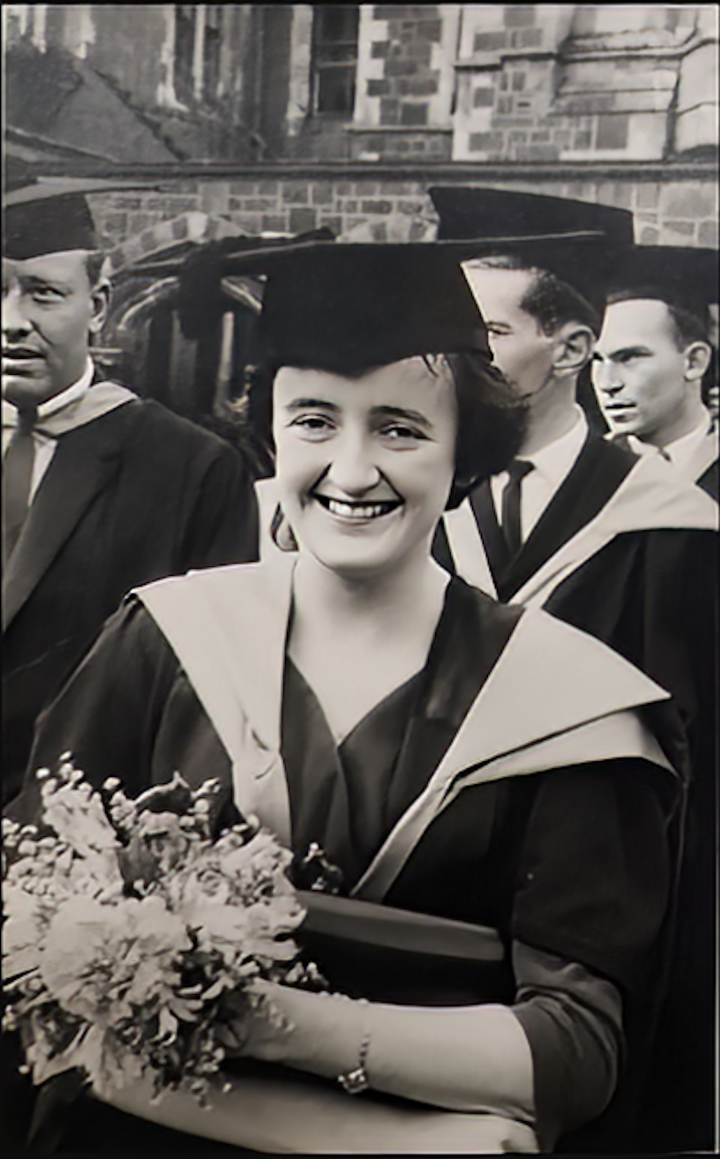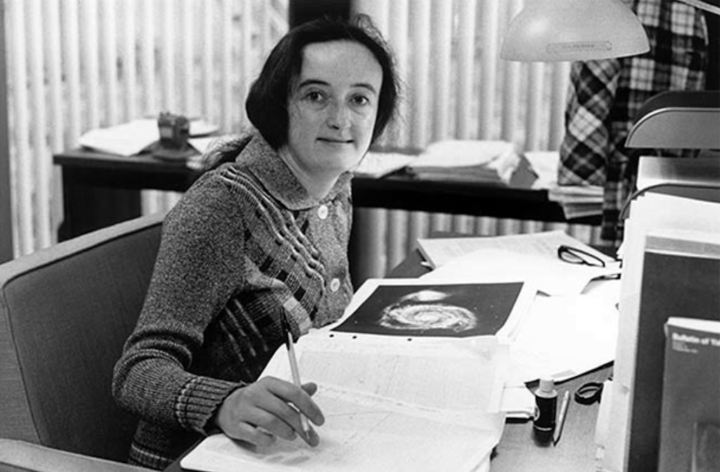In 1967, a famous astronomer visited Dallas (Texas, USA) and gave a talk to scientists and students there.
However, before the speaker began, a young woman stood up and spoke loudly to everyone's astonishment: "What you are about to hear next is wrong."
That woman is Beatrice Tinsley and she has proven her claim correct, according to The New York Times.

Beatrice Tinsley was one of the world's most prominent astrophysicists of the 20th century.
Beatrice Tinsley is an astrophysicist whose research on the evolution of galaxies and the chemical composition of the universe revolutionized our understanding of the universe.
Born in Chester, England in 1941, Tinsley moved to New Zealand with her family at the age of six and it was here that she developed a lifelong passion for science and mathematics.
Tinsley was a gifted student and decided to become an astrophysicist at the age of 14. She was awarded a scholarship to study Physics and Mathematics at the University of Canterbury in Christchurch, New Zealand, in 1961. She then completed her PhD in cosmological evolution at the University of Texas in just two years, achieving near-perfect grades.
After completing her PhD, Tinsley worked as a research associate at the University of Texas and then at the Yerkes Observatory in Wisconsin. It was during this time that she began her groundbreaking research on the evolution of galaxies.
Before Tinsley's work, most astronomers believed that galaxies were static and unchanging. However, Tinsley realized that galaxies evolve over time, with new stars forming and old stars dying. She began developing mathematical models to study this process.
Her models showed that the evolution of galaxies could be described by differential equations, and that these equations could be used to predict the properties of galaxies at different stages of evolution.

Her research revolutionized human understanding of the universe and the galaxy.
Tinsley's work was groundbreaking and challenged many traditional assumptions in astronomy. She showed that galaxies are not static but instead dynamic and changing.
Their evolution can be studied using mathematical equations. Her work also provides important insights into the chemical composition and evolutionary history of the universe over billions of years.
Tinsley has been described as "the spark of a new generation of astronomers and physicists" who are using new methods and data to overturn the stories about the universe told by their predecessors.
Friends and colleagues noted Tinsley as a space enthusiast with unconventional ideas. "Asteroids, mountains, lectures and awards have all been hers, but a lifetime of rejection and rejection has often left Tinsley feeling unappreciated," commented the New York Times .
“Tinsley never lost her sense of fighting the world,” said Yale University astronomer Richard Larson, her collaborator and close friend.
Beatrice Tinsley was often paid less than her male colleagues and was often denied career opportunities and recognition. Yet she persevered and made important contributions to the field of astrophysics, inspiring many with her determination and intellectual curiosity. She was also a feminist campaigner for minorities working in astronomy.
Tinsley was diagnosed with melanoma in 1977 and despite treatment, the cancer eventually spread to his liver and bones. Despite his illness, Tinsley continued to work and publish research papers until the end of his life.
She passed away at the age of 40, leaving behind a legacy of groundbreaking research and inspiring leadership in the field of astrophysics.
(Source: Vietnamnet/The New York Times.)
Useful
Emotion
Creative
Unique
Source


























![[Photo] National Assembly Chairman Tran Thanh Man visits Vietnamese Heroic Mother Ta Thi Tran](https://vphoto.vietnam.vn/thumb/1200x675/vietnam/resource/IMAGE/2025/7/20/765c0bd057dd44ad83ab89fe0255b783)







































































Comment (0)